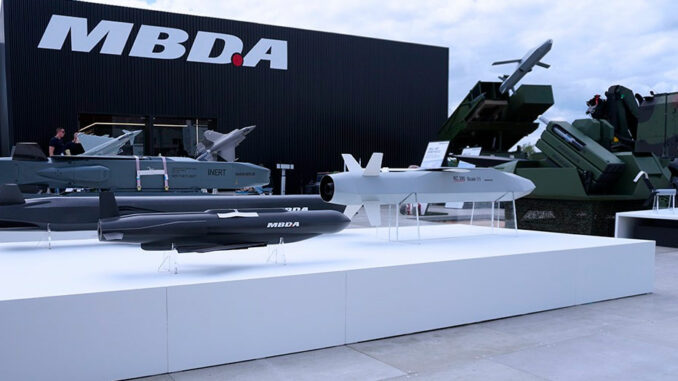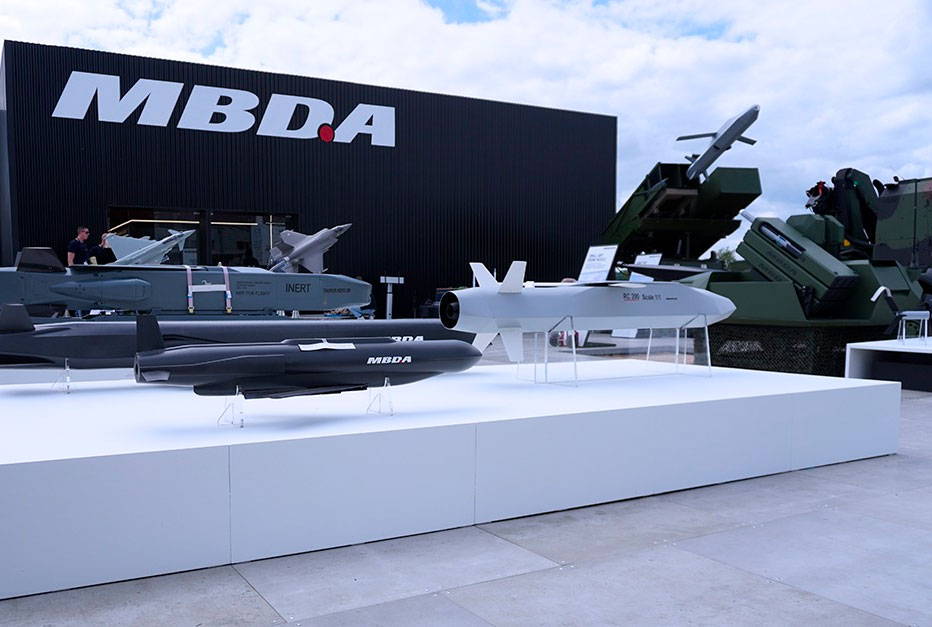
The ELSA project aims to provide Europe with a conventional land strike capability of 1,000 to 2,000 km, filling a strategic gap vis-à-vis Russia.
The European long-range strike project: a strategic response
A capability gap vis-à-vis the Russian threat
Since withdrawing from the INF Treaty in 2019, Russia has strengthened its arsenal of land-based ballistic and cruise missiles, with ranges varying from 500 to 2,500 km. These systems, such as the Iskander-M and Kalibr, enable Moscow to threaten the entire European territory. In comparison, European NATO members mainly have air- or sea-based missiles, such as the Storm Shadow or Scalp, with a range of no more than 500 km. This asymmetry creates a strategic gap that the ELSA (European Long-Range Strike Approach) project aims to fill.
ELSA: a European initiative for sovereign capability
Launched in July 2024 by France, Germany, Italy, and Poland, and later joined by the United Kingdom and Sweden, ELSA aims to develop a conventional land strike capability with ranges between 1,000 and 2,000 km. This project is part of a voluntary cooperation between sovereign states, avoiding the administrative burdens often associated with European programs.
A modular approach based on 13 pillars
ELSA is structured around 13 development pillars, each entrusted to an industrial player according to the “best competent” principle. France, through ArianeGroup, is expected to play a central role in the ballistic segment. Other companies, such as MBDA, Safran, and Thales, are also being considered to participate in various aspects of the program.
Technologies under consideration: ballistic and cruise
Ballistic missiles: speed and penetration
Ballistic missiles, powered by solid-fuel engines, offer high speed and a trajectory that is difficult to predict, making them complex to intercept. They are particularly suited to striking fixed targets at long range. France already has expertise in this field with the M51 missile, developed by ArianeGroup, which is capable of carrying conventional or nuclear payloads over several thousand kilometers.
Cruise missiles: precision and flexibility
Cruise missiles, such as the Land Cruise Missile offered by MBDA, fly at low altitude and are guided by advanced navigation systems, offering high precision. They are suitable for targeted strikes on fixed or mobile targets. Their development in parallel with ballistic missiles would give Europe a complete range of strike capabilities.

The Foudre system: a complementary national solution
In parallel with the ELSA project, France is developing the Foudre multiple rocket launcher system, designed by Turgis & Gaillard. Mounted on a Renault Kerax 6×6 chassis, this system is capable of firing a variety of munitions, ranging from 227 mm rockets to long-range ballistic missiles. It is intended to replace the Army’s aging single rocket launchers (LRU) by 2027.
The Foudre stands out for its modularity and compatibility with ammunition developed by MBDA/Safran and ArianeGroup/Thales, as well as with land-based cruise missiles envisaged as part of ELSA. Its integration into the ODIN communications network and its ability to cooperate with the Aarok drone enhance its operational effectiveness.
Industrial and strategic challenges
Towards European strategic autonomy
The development of long-range strike capabilities serves a dual purpose: to fill a capability gap vis-à-vis Russia and to strengthen Europe’s strategic autonomy, particularly in a context of gradual US disengagement. By investing in programs such as ELSA and Foudre, European countries are affirming their determination to master critical technologies and to have credible deterrent capabilities.
An effective model of cooperation
ELSA stands out for its pragmatic approach, avoiding bureaucratic red tape and promoting a division of tasks based on industrial expertise. This method could serve as a model for other European defense projects, with an emphasis on efficiency and technological sovereignty.
Outlook and challenges ahead
The selection of prime contractors for the various pillars of the ELSA project is expected in June 2025. The first operational capabilities could be deployed by 2030, complementing national systems such as the Foudre. The success of these programs will depend on the ability of member states to maintain close cooperation, secure the necessary funding, and overcome the technological challenges inherent in the development of long-range missiles.
War Wings Daily is an independant magazine.